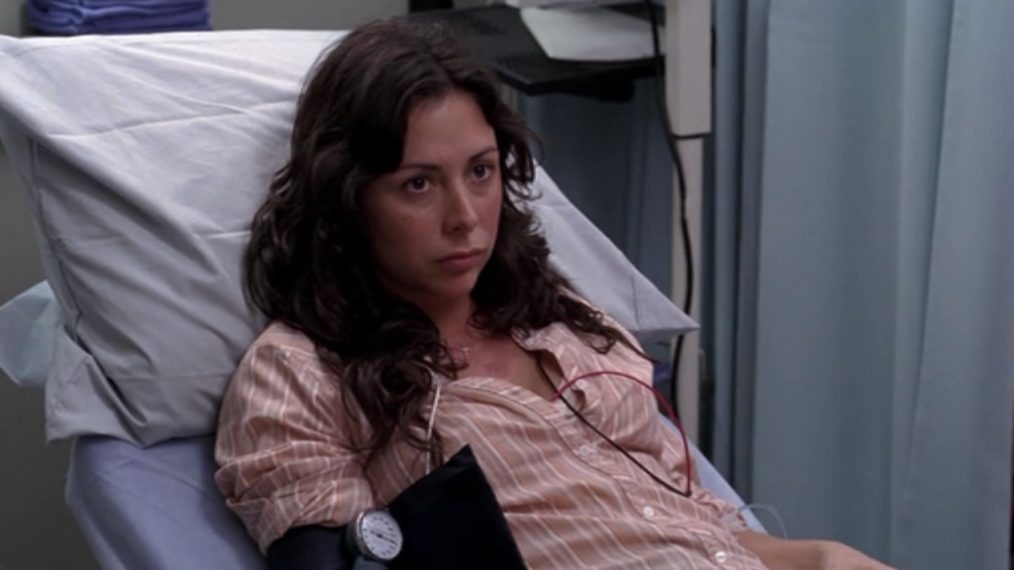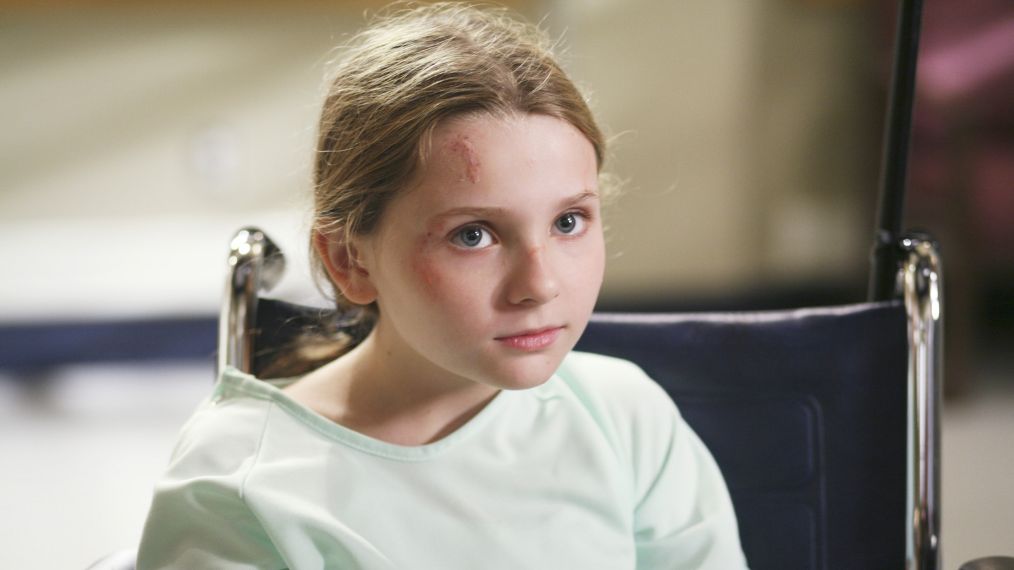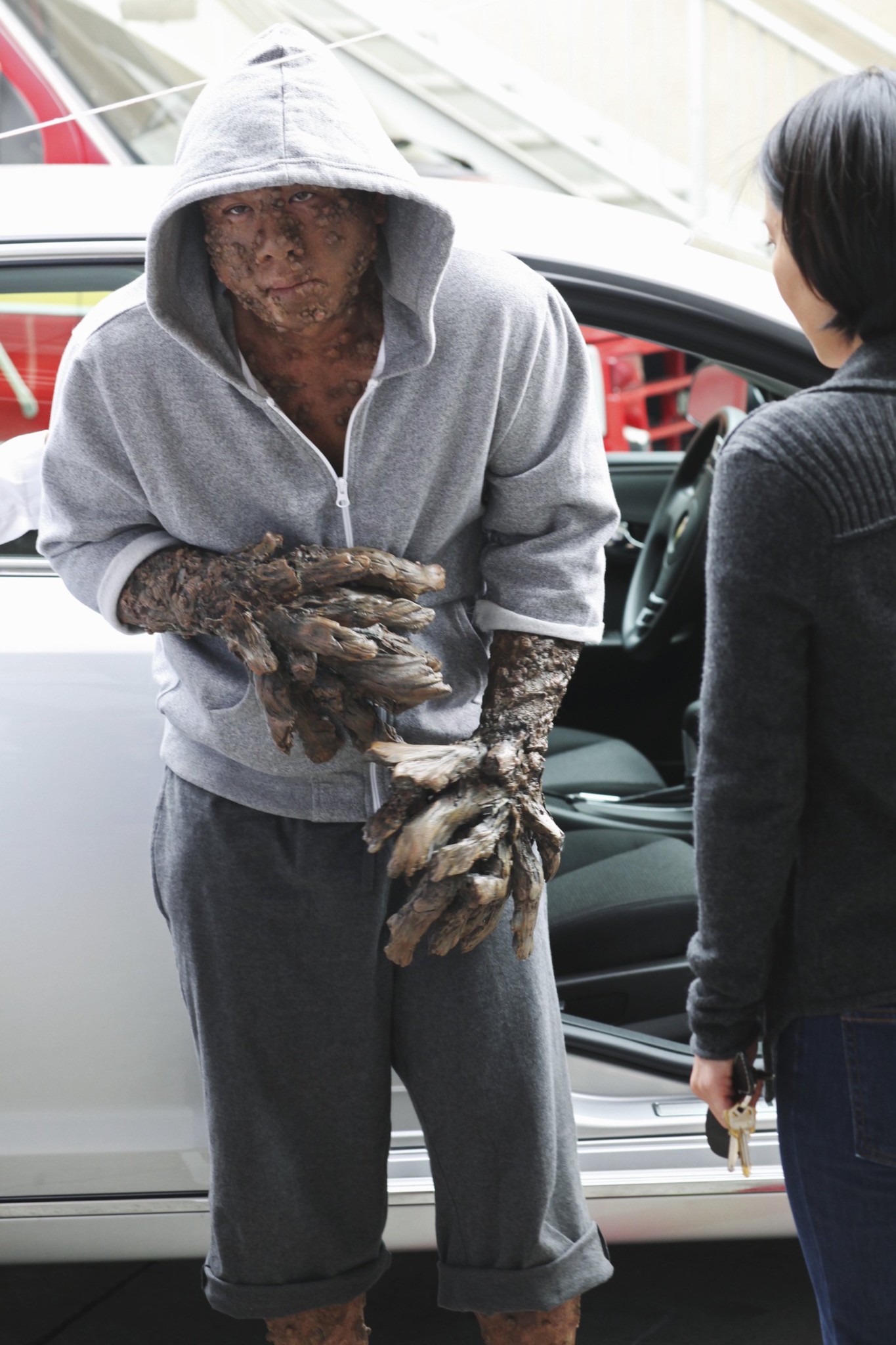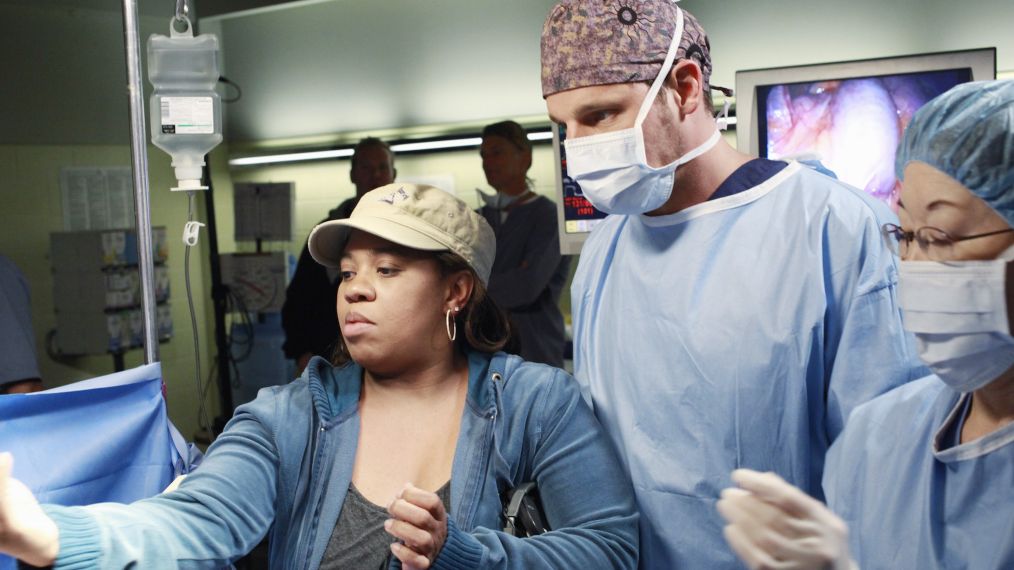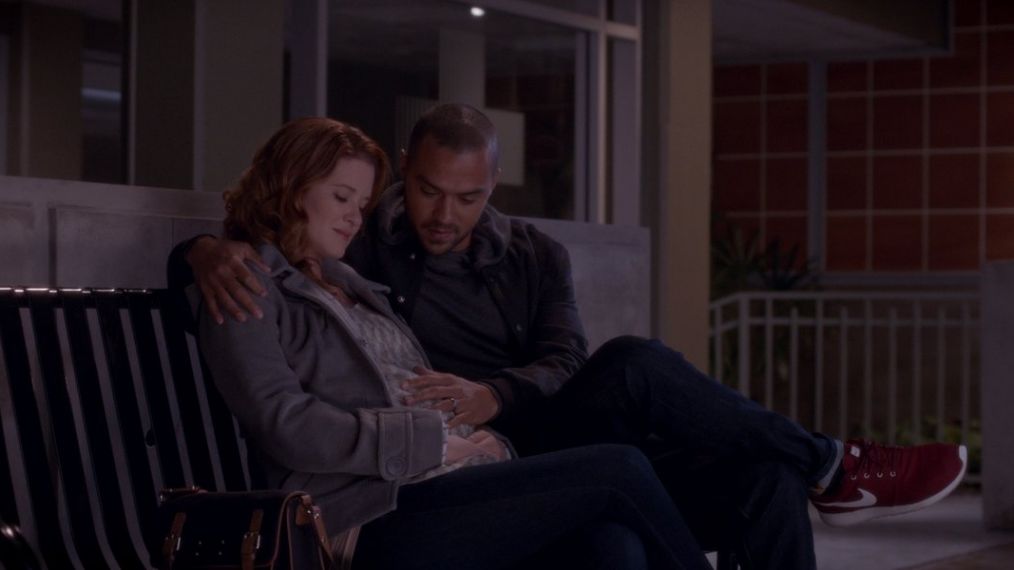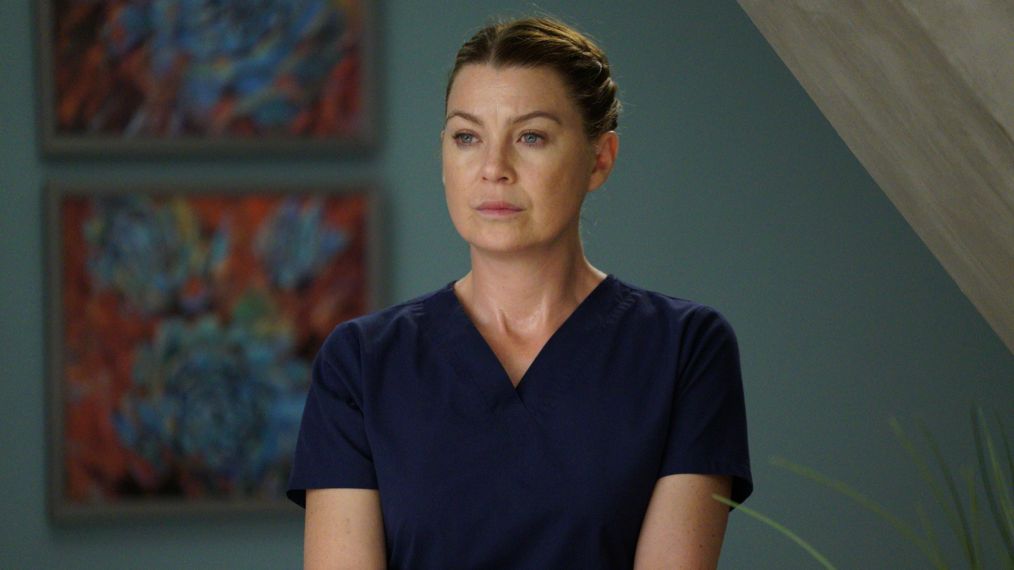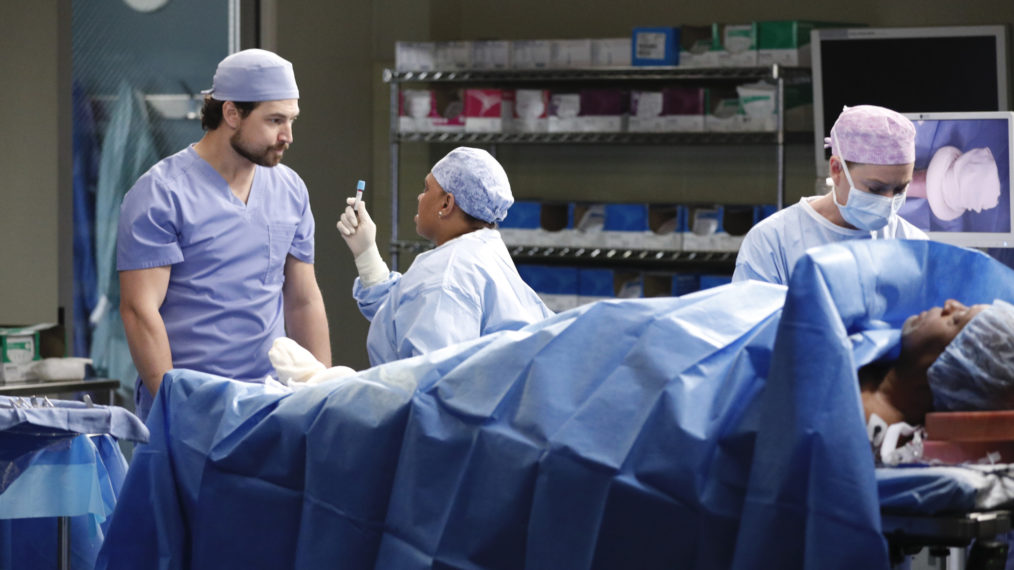8 ‘Grey’s Anatomy’ Storylines Inspired by Real-Life Medical Cases
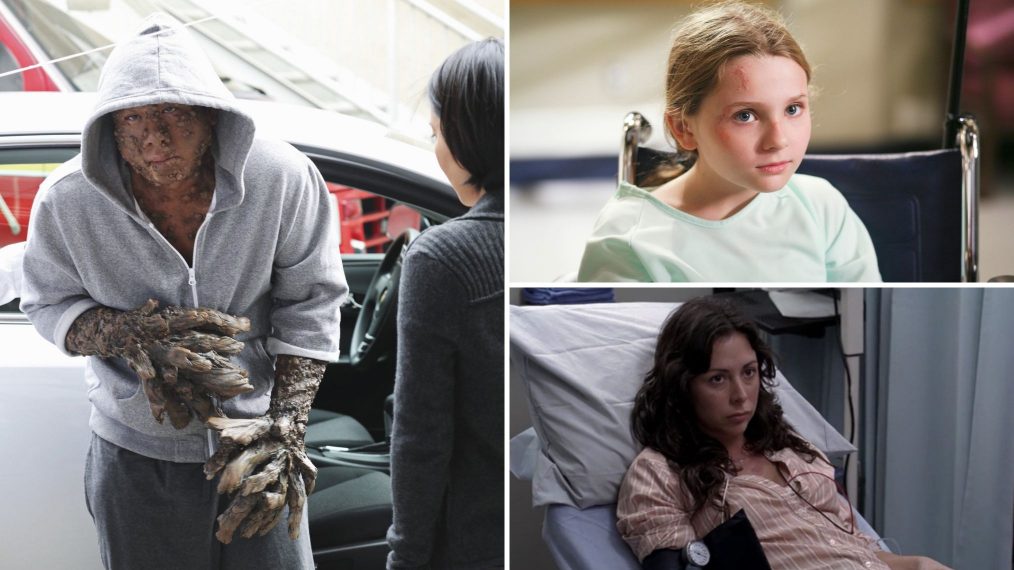
Grey’s Anatomy may not always be the most accurate depiction of medicine — this is Hollywood, after all. But the long-running ABC show (which just wrapped its 16th season) has medical professionals on staff, and the medical cases they dramatize on screen are often ripped from the headlines.
“We have a file of strange, mysterious, fun, and interesting cases to draw from, and sometimes we’ll have the episode going and someone will be like, ‘I really love a certain story, now let’s try to frame the personal stories around this medical thing,’” Zoanne Clack, an executive producer on the show and an emergency medicine resident, told Entertainment Weekly in 2018.
And other times, the writers and cast members of the show draw upon their own medical experiences — or those of their loved ones. Scroll down for seven Grey’s plotlines that were inspired by real-life medicine.


